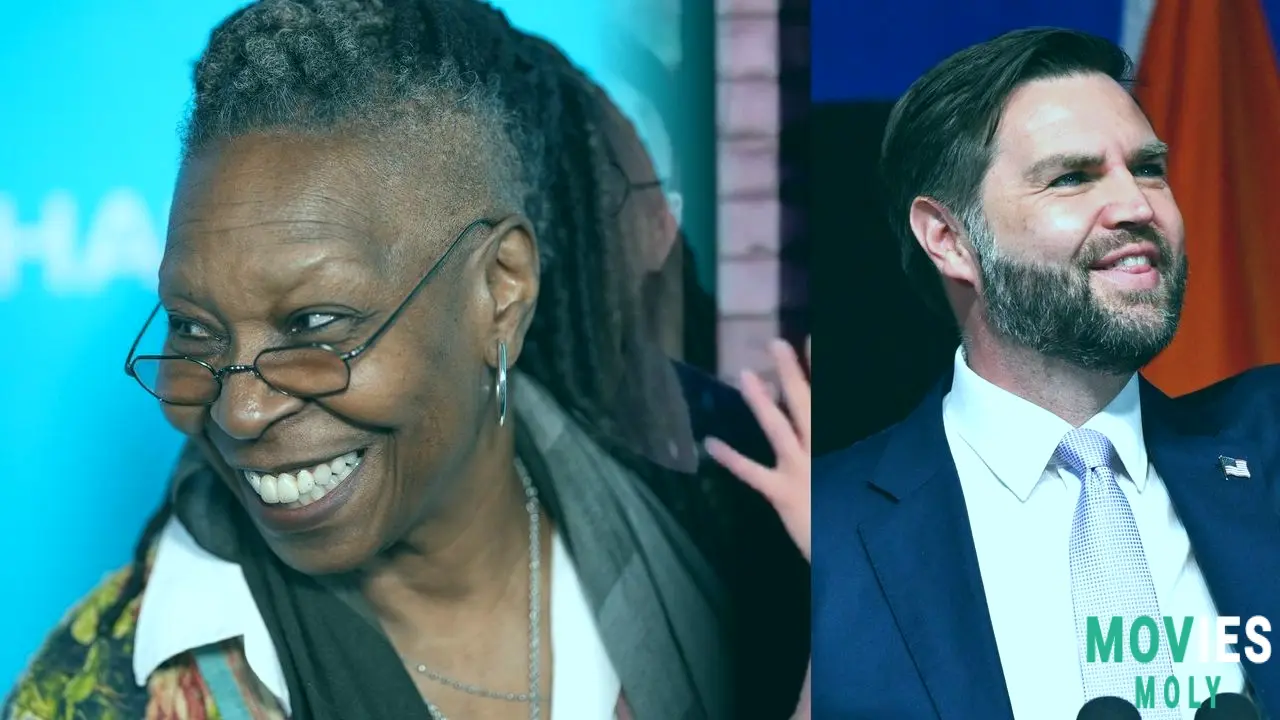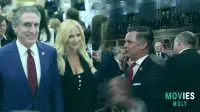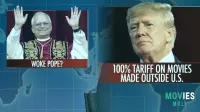In a moment that perfectly encapsulated the surreal intersection of modern politics and pop culture, Saturday Night Live’s Bowen Yang called Vice President Jd Vance a “pope killer” during a live appearance on The View. The quip—equal parts irreverent and incisive—was a direct nod to the bizarrely symbolic timing of Vance’s final audience with Pope Francis before the pontiff’s death. While the joke sent the talk show hosts into uncontrollable laughter, it also cemented Vance’s place in the current cultural zeitgeist—not just as a political figure, but as a character through whom comics, commentators, and creators are exploring the theater of power in 2024 America.
How JD Vance Became a Political Punchline and a Persona on SNLYang’s portrayal of Vance on SNL has become a staple of the show’s post-election political satire rotation. Debuting the character in September 2024, the comedic instinct behind Yang’s Vice President impression lies not only in lampooning Vance’s rhetoric but in embodying the tightrope the senator-turned-vice-president walks between Appalachian grit and establishment poise. As Yang himself explained during The View segment, he honed the accent “somewhere between Ohio and Appalachia,” striving to make the impression pop rather than merely caricature.
Interestingly, Yang initially doubted he was the right fit for the role. “I just thought there’d be better people for it,” he admitted. But in a twist reminiscent of Marvel casting a lesser-known actor into a major hero role, Yang embraced the challenge. And like a true Nicolas Cage in a Fast & Furious-level genre shift, he turned the JD Vance role into something memorable—if not always beloved. His repeated sketches featuring Vance, including a recent cold open mocking the Signal group chat scandal, show how deeply SNL is mining the vice president’s persona for cultural resonance.
The Vatican Meeting That Spawned a Thousand Memes—and One Unforgettable Joke
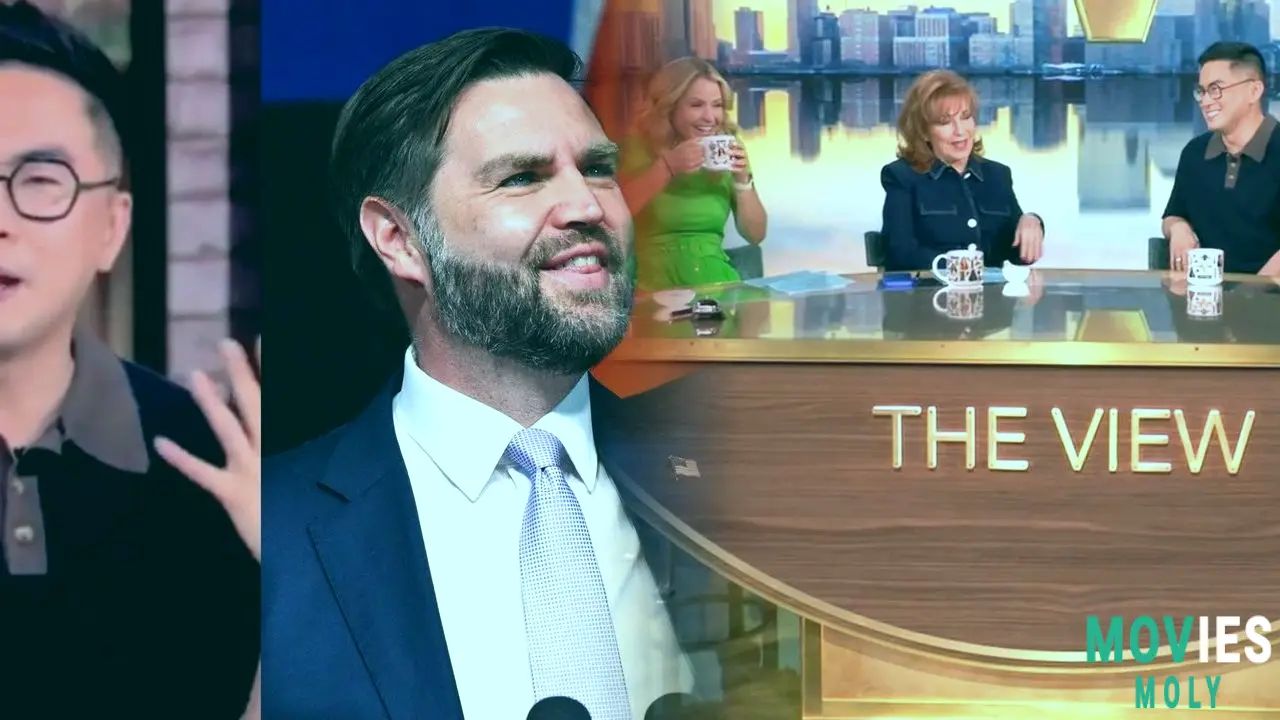
The moment that transformed Vance from political figure to meme-fuel (and earned Yang’s “pope killer” line) was his Easter Sunday meeting with Pope Francis. The timing was tragically poignant: the pope died less than 24 hours after the encounter. Vance, who later said he didn’t know the pope’s condition, described the meeting as a “great blessing.” Yet the public’s reaction quickly morphed into the kind of dark, absurd humor that thrives in the age of Twitter—jokes, memes, and now, live-TV punchlines.
Yang’s comment wasn’t just comedic shock value; it was a reflection of how Vance’s image is being shaped not by policy, but by moments—moments that are watched, dissected, and repurposed in real-time by a media ecosystem hungry for symbolism. Whether or not Vance intended it, his final interaction with Francis has been reframed into a cultural Rorschach test, one that SNL and figures like Yang are eagerly exploring.
What JD Vance’s Cultural Role Says About American Media and Politics

It’s easy to write off Vance as simply another polarizing politician, but his trajectory—both on the political stage and in the world of satire—reveals something deeper about American storytelling in 2024. Vance is a man who scholars of Marvel and DC fandoms might recognize in concept: a character whose public perception is constantly being rewritten by the lenses through which he’s viewed. To some, he’s a serious political actor; to others, he’s a living satire, a JD-styled Deadpool without the charm.
Yang’s discomfort with the role, and his determination to “nail it,” speaks to how creators today are grappling with real-world figures who occupy such a strange middle ground between gravitas and absurdity. It's the same space that SNL once navigated with figures like Cheney and Rumsfeld, now occupied by Vance—a man whose cultural afterlife may be defined more by skits and soundbites than senate speeches.
From Impostor Syndrome to Iconic Satire: Bowen Yang’s Mission With JD Vance

Yang’s journey with the Vance character is itself a microcosm of this dynamic. As one of SNL’s first Asian American cast members, Yang has often spoken about his desire not to misrepresent, but to elevate through comedy. His “serviceable JD Vance” line masks the effort he’s put into making the character believable—and thereby more effective as satire. He even suggested creators like Zach Galifianakis might be better suited for the role, underscoring how heavy a load he feels he’s carrying in representing a figure so many viewers instinctively reject.
Yet, in embracing the role, Yang has given the public a new way to engage with Vance—a way that’s messy, funny, and uncomfortably close to truth. When Yang says “pope killer,” it’s not just a joke. It’s a reminder of how quickly meaning shifts in the media age, and how figures like Vance exist not only in government, but in the collective cultural imagination.
JD Vance’s Legacy May Be Defined by Satire as Much as Politics
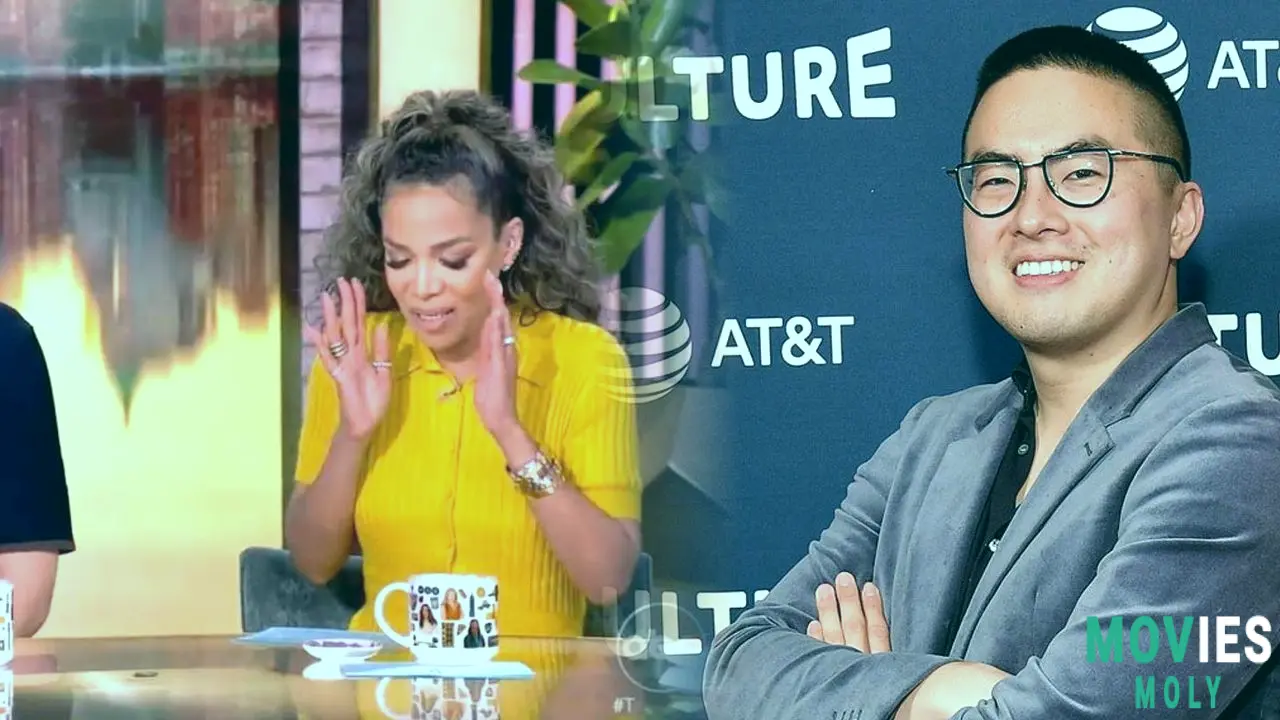
Whether JD Vance will leave a lasting mark on policy or simply ride the wave of cultural momentum remains to be seen. What’s clear is that through the lens of SNL, through the sharp wit of Bowen Yang, and through moments as strange as a last-minute Vatican audience, Vance has become a character of a new kind—one defined by timing, perception, and the power of media to transform politics into mythology.
In the age of Marvel-ized political commentary, JD Vance isn’t just a vice president. He’s a persona, a punchline, and perhaps most strikingly, a protagonist in the ongoing saga of American power and satire. And as Yang’s “pope killer” line proves, sometimes that’s where the real power lies.

